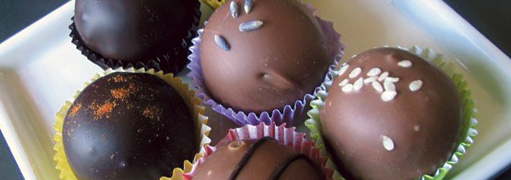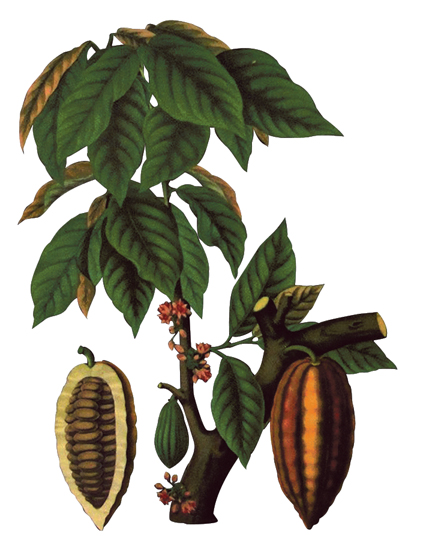Food For Thought: The Controversial Life Of Cacao Beans
The Controversial Life Of Cacao Beans


Pretty intense
Courtesy of Posh Chocolat

Latest Article|September 3, 2020|Free
::Making Grown Men Cry Since 1992


Pretty intense
Courtesy of Posh Chocolat

